This diagram illustrates how we get “The Bible”. The process starts (lower left) with competing versions of Christianity (“competing schools”) and flows clockwise with bias entering in throughout the various steps. The process is similar for many traditions. Bias is inevitable in all traditions, religious or otherwise. But it is important to understand bias which many believers try to ignore. Below the diagram I explain a few details.

Bias & Religious Agenda
Bias is inevitable. And most transmissions of the Biblical texts where done by those with strong religious preferences. These preferences often influence the transmission: intentionally or accidentally.
Canonization
A political process where competing schools of thought are limited or eliminated to establish a Canon.
Extant Texts
We don’t have the Original texts, just scraps, much later texts and translations. With recent discoveries in the 1900’s our knowledge drastically improved.
Textual Criticism & “Original” Text
Textual criticism is the methods developed to try to improve the probability of approximating the actual original texts.
Hermeneutics
Hermeneutics is the story of interpretation. This happens after Textual Criticism in order to get a text to translate. Hermeneutics can happen moving a text into another language (Translation Hermeneutics) or can be at the simple level of making sense of something in your native language — done by specialists or the lay reader. “Exegesis” is sometimes used similarly, but Hermeneutics is rather broader and contains the theory of translation. (wiki , Sanford)
Original Intent
Translations privileges taken by the translator who feels they understand the intent of the writers.
Word-for Word vs. Dynamic Equivalence
Two methods of approaching translations. (see wiki article here)
Translation Distortions
More in coming posts.


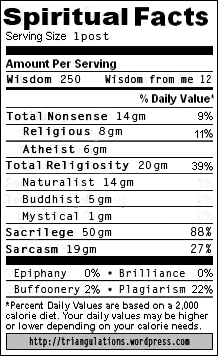



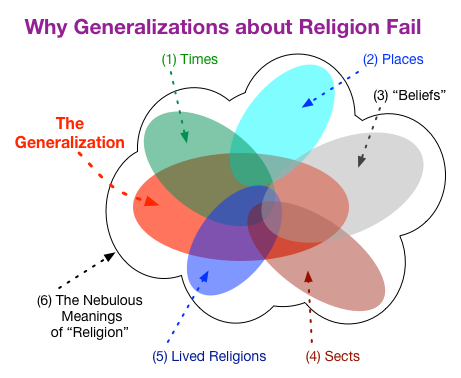


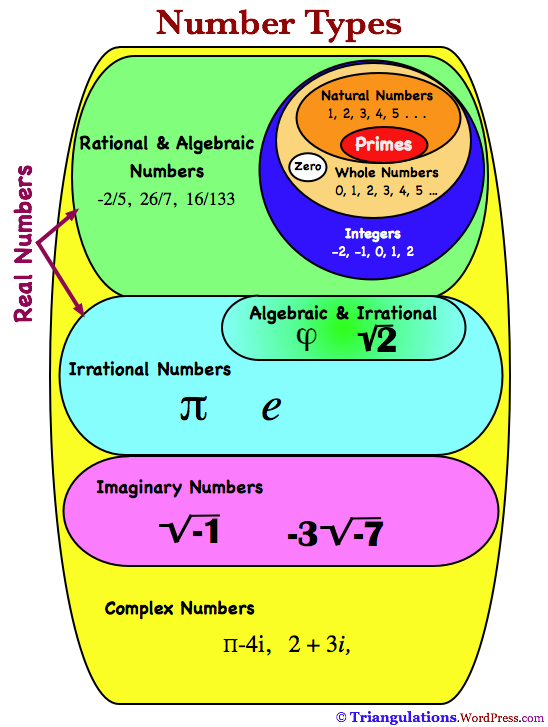


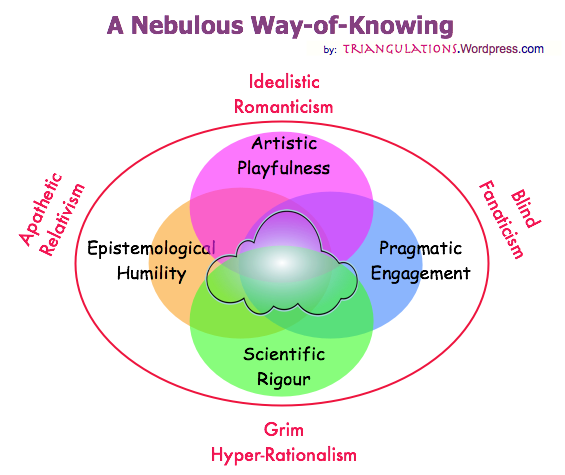






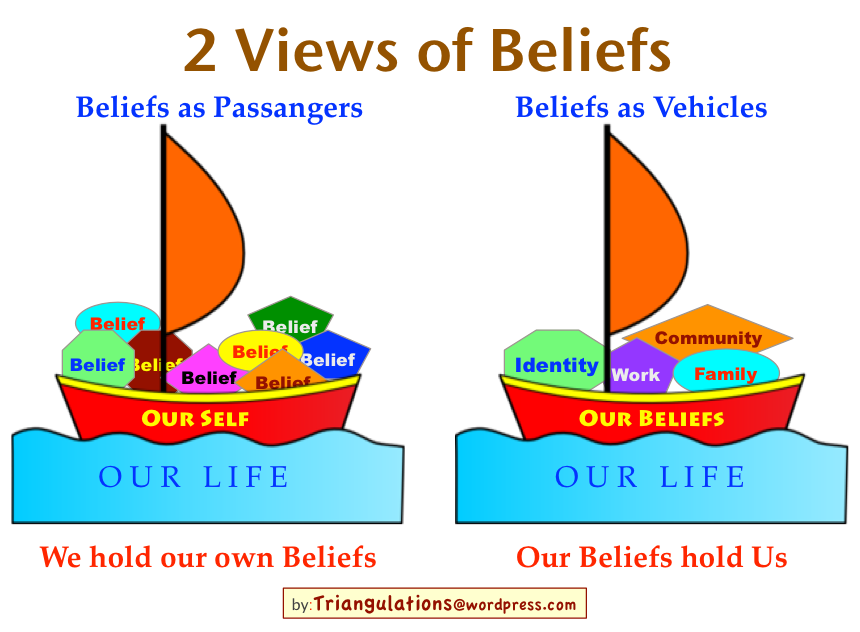







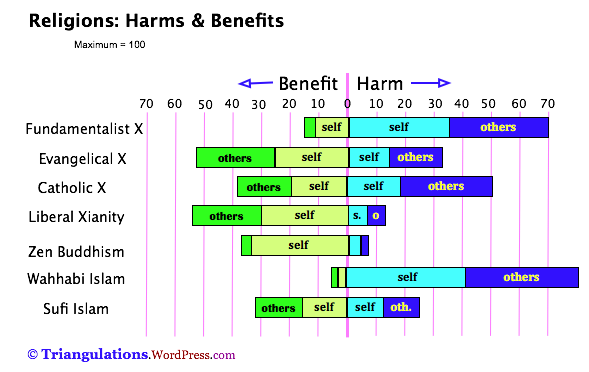



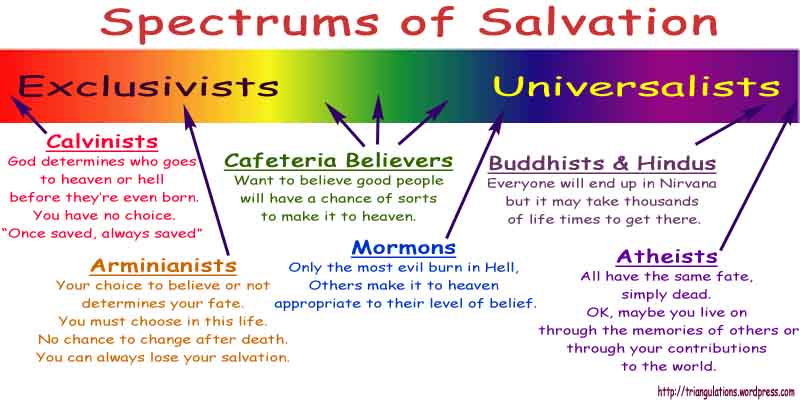




Thats a nice diagram!
I think that would be a fairly accurate depiction of how theose ancient texts move in our modern society. People are fairly subject to translation and what the intent of the piece being read is.
I think for as easy as some Christians think it is to do biblical studies they may not truly recognize the whole process and some of the steps they overlook along the way in delivering a product (ie: a sermon) to the people.
Thanks Society.
I think that’s a good schematic of the process of getting from extant texts to translations. I wasn’t 100% sure of the ‘Religious Specialists’ bit, and if you meant the bullet list to relate to that (I suspect so). If so, I think that is by far the biggest pipe into the modern believer. Most of what the vast majority of believers know about the bible is either indirect, or proximally interpreted (i.e. read a few verses, get told what they mean – either in sermons or bible study notes).
The process of getting to the extant texts I think is also fascinating, but obviously not Avalos’s focus in this work.
The last thing I’d say (which you may cover when you talk about different translation styles) is that they *claim* to be much more different than they actually are. *All* literal translations actually take an interpretative position based on what the translator thinks is the authorial intent. And the broad families of translations that derive from each approach are almost entirely indistinguishable. I’d suggest that in broad sweeps of the NT, you’d need to know some of the ‘code-words’ and historical disagreements to be able to tell the difference between a modern bible derived from a word-for-word translation tradition, and one from a dynamic translation tradition. This distinction is often made, but I think it isn’t very helpful, and actually hides the really interesting translation decisions that have to be made behind a coarse distinction that has relatively little effect on the final text.
@ Ian
Yes, Avalos discusses that indeed *ALL* literal translations actually take an interpretative position. He agrees with you and illustrates why in the translation chapter.
Yes, the bullets were just examples of how the religious professionals predigest and spoon feed believers with the most minimum of sanitized and homogenized scriptures. We agree.
I can see this is going to get very deep, S.
I’m pretty impressed you are diving in so readily for a blog-topic, but it looks like you have all the equipment tested and ready.
A quick question — is this Jewish-Christian-specific?
The topic of translation in the Muslim faith is tricky/volatile at best. I don’t know much about Eastern traditions and translations, but from what I have read there is a kind of awareness of the translation process from that side of the world.
@ Andrew
That was/is one of my objectives — to show how this is not Judeo-Christian specific. Islam, as you point out, has a long way to go in this regard. Fundamentalists in all religions of the book have much to fear from the methodology of textual criticism and such.
Agree with Society. It’s a great diagram! I like how the religious agenda is clearly shown to be asserting itself into so many parts of the entire process.
Exellent chart.
What puzzels me is how religious people do not question the morality of finding the absolute truth from the scripture. Some of our perception of the texts may have increased during the centuries. New sects of christianity certainly have been abundant and all of them proclaim to have the one and only truth how the scriptures should be read.
Is there a “moral” assumption, that a person should wade through all different religions and sects and have a profound understanding of all their scriptures to be able to join the one particular cult that actually has the truth and can deliver on the promise of salvation from eternal damnation and pain? Is that not terribly unfair to the people who are illiterate, who are too poor to have the time to spend on examining all the religions, or have died before this particular sect was born? Not to mention all the people who have never even heard of the said scripture or to whom it is absolute gibberish because of cultural connontations? Could this be described as the work of an omnipotent and benevolent god? In my view the idea that the creator of life & universe has not bothered to contact humanity through any other means than some scriblings of some particular tribal culture in the antiquity, shows lack of interrest.There also is something suspicious in the demand to be constantly recognized, worshipped and paid money to, while never appearing anywhere.
Of course there is allways the lottery chance that one was born into the right sect and assumes their interpretation and “truth” to be the truth just by accident, without never even understanding why it was the truth.
@ rautakyy
Thank you.
Remember, I use to be very religious. So if you are puzzled about religious folks, I may be able to speak for some of us.
Concerning morality. To adjust for shifts in morality and mixing that with a literalist view of scriptures, many techniques have developed in the interpretation of the text and theology twists. For instance, Christians can largely ignore the OT by saying that Jesus brought a new dispensation and way of looking at the law.
Also, many Christians recognize that many other faiths share many of their values. Some explain this as Natural Theology — God reveals to all and thus it is not surprising that all can gather some sense of truth. They would not say that ONLY they themselves understand truth and nobody else understands any.
According to many religions and especially those founded on some holy scripture, however we are all under the same obligation to come to the right conclusion of faith, though as a humanist I must protest, since people have so many different cultural backrounds.
It would be nice to think most writers of the scriptures held high morals and had profound understanding of ethics. But did they?
Are there even any literarture critics who can tell us exactly what any writer even from the same culture meant by their works, let alone writers who belonged to ancient and lost cultures? Especially when what they wrote is pretty much all what is left of the mental elements of their culture.
“It would be nice to think most writers of the scriptures held high morals”
Recently there has been a re-evaluation of “pseudonymity” in the NT, the fact (long established) that many NT books are written claiming to be by people they aren’t. Traditionally this has been seen by exegetes as a nobile, normal thing (you honor the legacy of a great apostle by writing in his name, for example). But in fact there is almost no evidence for this.
Actually the evidence from antiquity is that such practice is exactly as it is now: forgery. And it was considered morally reprehensible. So a good deal of the NT writers we know for a fact were fraudsters, who willingly subverted honesty in order to make their point more convincing. 🙂
(source E.g. ISBN 978-0062012616)
@ Ian
Great points — thanx.
Over at Sifting Reality John Barron objected to my description of the sayings of Jesus in the Bible being the equivalent of a 2000 year-old game of broken telephone. I think I was being generous! More like broken smoke signals.
@ Max
The question of the significance of the Bible, its accuracy and such all depends on your purposes for it and what you are comparing it to. It is a complicated discussion. “Smoke Signals” is a funny analogy, however!